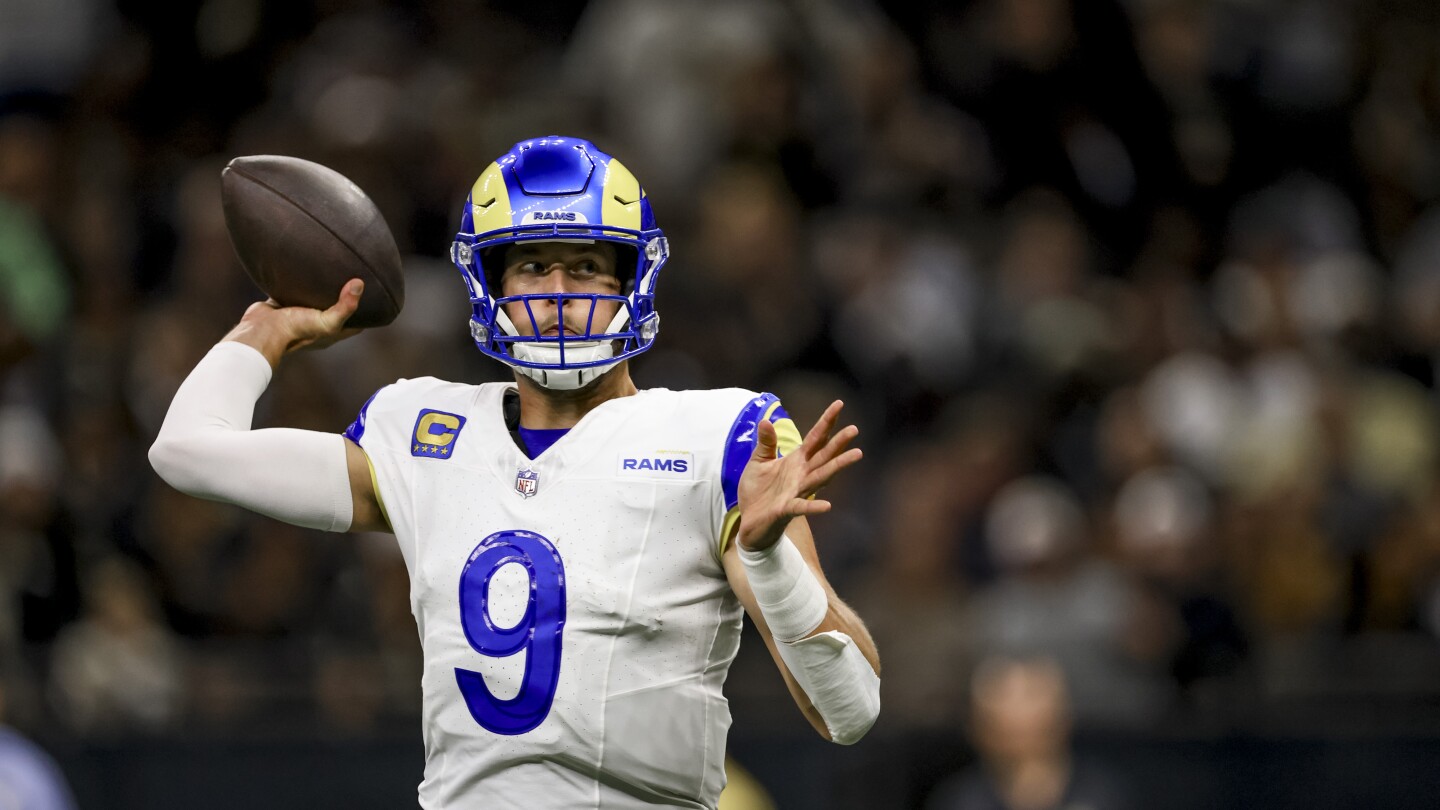Rams Reunion: Stafford Reveals the Real Story Behind His Loyalty

In the early weeks of February, speculation swirled around Matthew Stafford's future with the Los Angeles Rams. The veteran quarterback appeared poised to potentially part ways with the team, sending ripples of uncertainty through the NFL landscape. Rumors of a potential departure hinted at a significant shift in the Rams' quarterback strategy, leaving fans and analysts alike wondering about the next chapter for both Stafford and the franchise.
